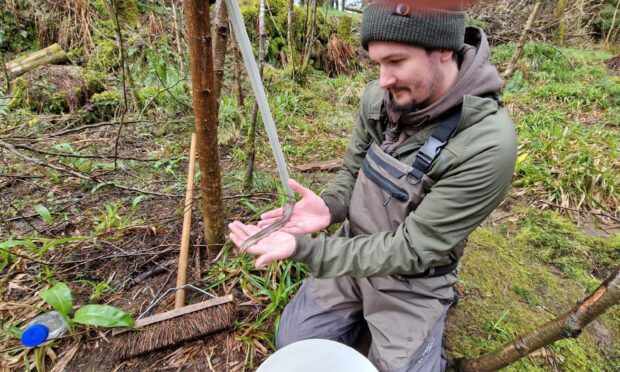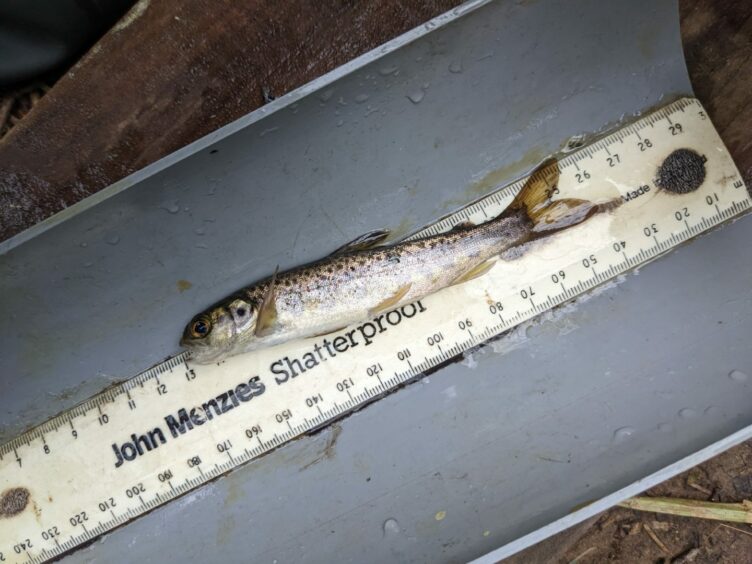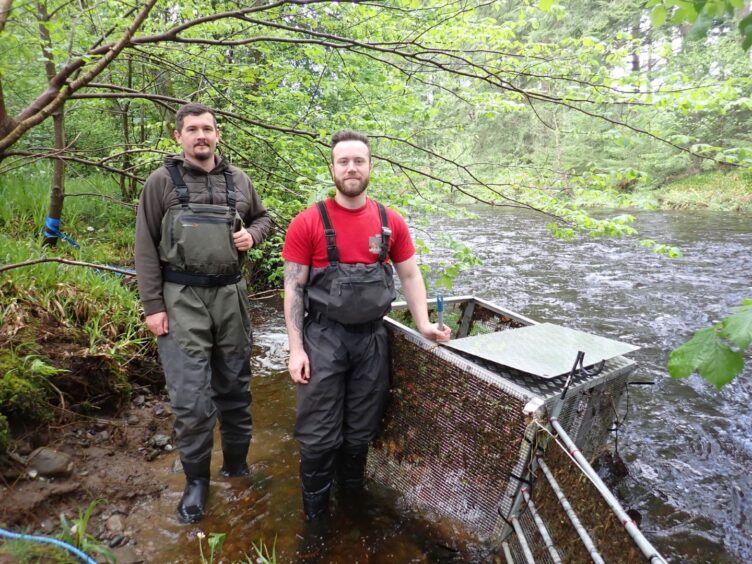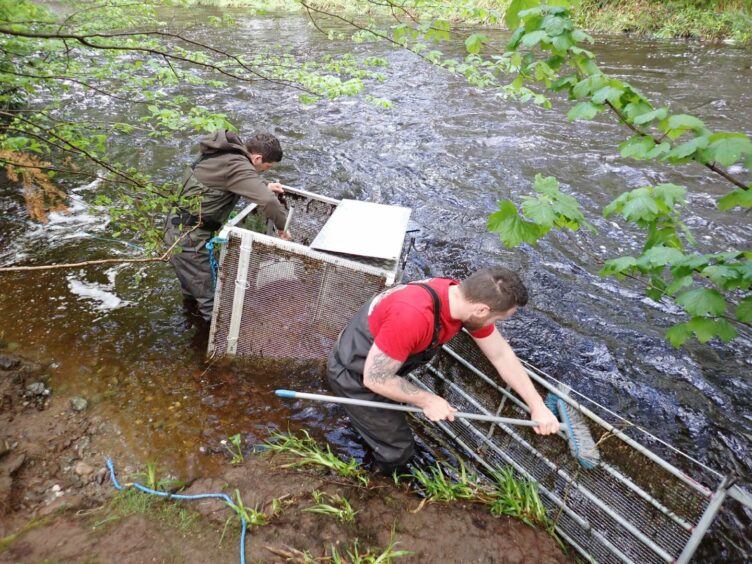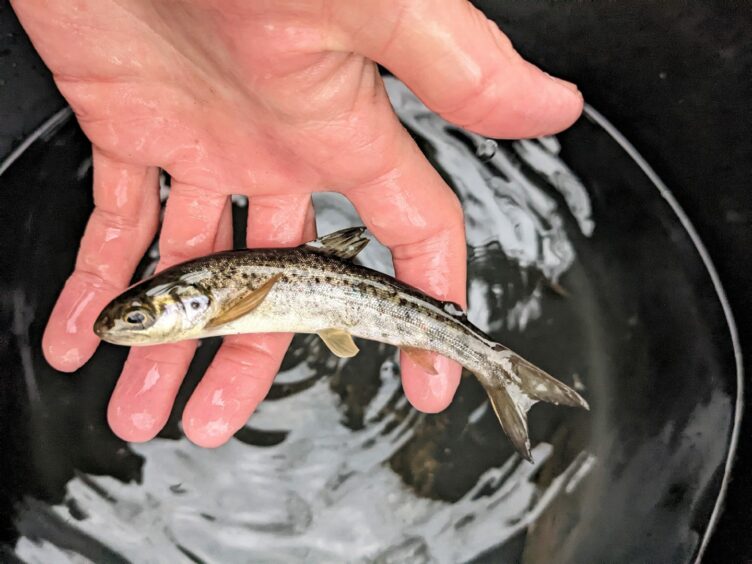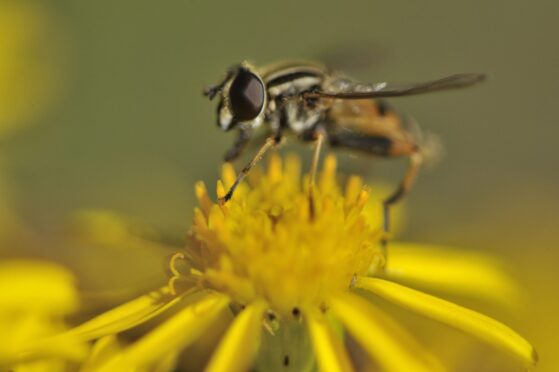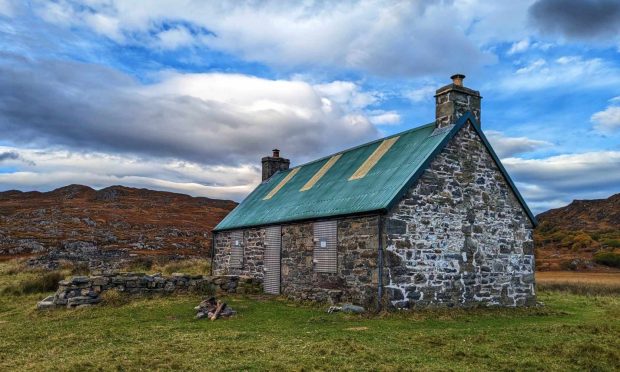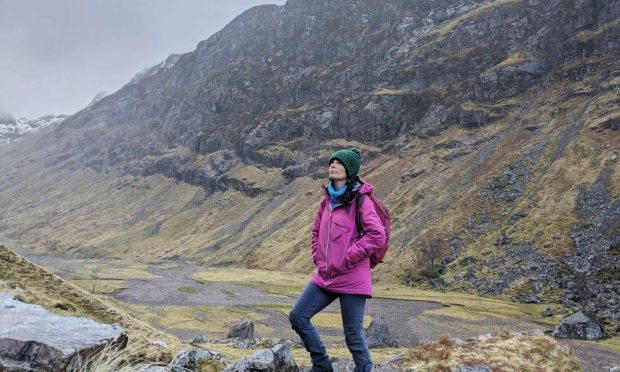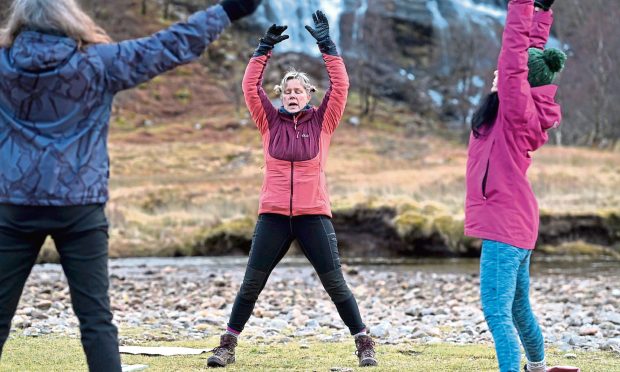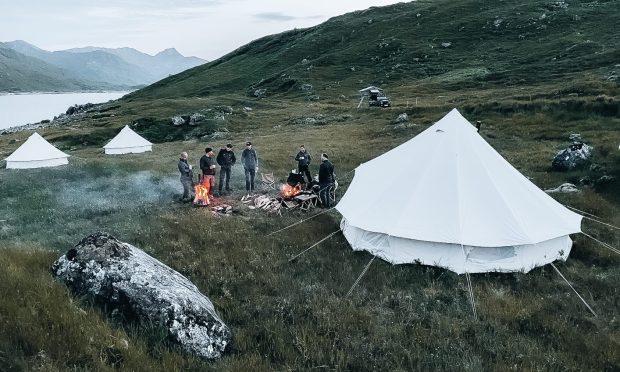Each spring in rivers across Scotland something remarkable happens – a miraculous transformation that prepares young salmon for their epic migration to rich feeding grounds in our cold northern seas.
After spending two or three years in rivers, young salmon, or parr as they are known, turn silvery and turn into smolts (about 12-14cm long), and quickly drop downstream into the sea to begin their marine stage.
The timing of the annual smolt run is summed-up by the couplet:
‘The first spate in May takes the smolts away’.
Amazing
When fly-fishing for trout, I occasionally catch smolts on my home river, and I am always in awe at the iridescent silvery beauty of their glistening flanks.
It never ceases to amaze me how such a small and fragile fish can endure the harshness of the north Atlantic on storm-tossed feeding grounds in the seas off the Faroes, Iceland and Greenland, and perhaps even as far away as Baffin Island in Canada.
With my heart heavy with emotion, I carefully release the smolt back into the copper-burnished water of the river, speeding it on its way with a silent prayer of hope that it will survive to return to its home river one day to spawn as a mature adult.
First-hand viewing
Recently, I was thrilled to be invited by the Forth Rivers Trust (FRT) to see at first-hand a smolt trap on the Keltie Water, a tributary of the River Teith in Stirlingshire.
Smolt trapping is an effective fisheries management tool and is carried out regularly by many fisheries trusts.
River managers need to understand when the smolt run happens, how old the parr are when they turn into smolts and how productive spawning tributaries are.
Accompanied by Will Johnston and Richard Harrow of FRT, we carefully descended a steep part of bank to inspect the trap.
Rivers are fickle, however, and this time around the trap was empty.
But no matter, for it gave Will and Richard the opportunity to clean the trap of leaves and other debris in preparation for being set again.
The trap is a fine mesh cage, with outwardly spreading wings on either side, which funnel the smolts into the narrow trap entrance, working in much the same way as a lobster creel, but without the bait.
Once examined, the smolts are released unharmed back into the river to continue their miraculous journey.
This is the second year that FRT has engaged in smolt trapping on the Keltie Water and Dr Jo Girvan of FRT tells me that the long-term aim is to have a series of annual datasets which helps enhance our understanding of salmon ecology in the Teith catchment.
The more we know about salmon, the better placed we are to protect them and put in place essential conservation strategies.
Sea trout smolts are regularly caught in the trap, and river lampreys also occasionally turn-up.
Lampreys are among the most primitive vertebrates alive today; eel-like slivers of mystery, which are the very essence of why our rivers are such special places.
